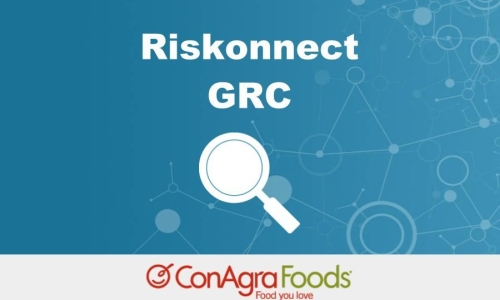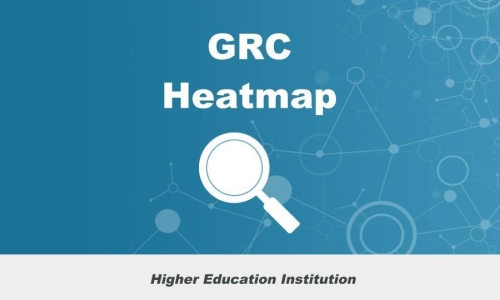Project Description
Southwest Airlines
Industry
Transportation
Client
Southwest Airlines
Focus
Claims Administration Automation
Previous System
In-house legacy system with heavy manual/paper process
Challenge
Southwest Airlines has more than 45,000 employees, and over 100 million customers. They fly to 97 destinations in 41 states, Commonwealth of District of Columbia, Commonwealth of Puerto Rico, and 6 near-international countries. Supervisors would complete paper incident forms, submit them in interoffice mail, risk staff would hand-key the data into their legacy system, and file the forms in paper files. Not only was the process inefficient, but they faced the risk of data entry errors and misplaced paper files. Southwest Airlines wanted to unite their business units, such as Fleet Management, Legal Counsel, Procurement, Safety, Attendance & Leave, Workers Compensation, Corporate Insurance, and others. Their dated legacy system could not accommodate their need to expand the system, and to do so would have been too costly.
Riskonnect Solution
Riskonnect provided Southwest Airlines with a comprehensive risk management work platform from which they can manage all their risk-related tasks. The configured system met their specific business needs, and automated workflows handled many of the time- consuming administrative tasks previously handled by risk staff. To automate the incident intake process, Riskonnect provided Southwest Airlines with a website portal, placed within their existing company website.
Now supervisors simply enter their employee number to verify their identity, and securely file a new incident online. They can even use their smartphone or tablet, as Riskonnect is fully mobile, enabling all RMIS functionality in any mobile device – Android or iOS. Chris Thorn, Senior Manager, Payments and Risk at Southwest Airlines said, “I use my iPad with Riskonnect as much as I use my laptop!”
Field validations and branching logic ensure that employees only enter pertinent information, and they are not overwhelmed with unnecessary options from which to choose. They can even use the portal to directly upload photos and video of the incident into the system. Once they submit the online form, the system automatically generates the appropriate records and pre-populates system fields based on the included information. Following an incident entry, the appropriate risk personnel is notified and they can evaluate incidents to determine whether a claim should be handled in house or sent to the insurance company.
Nothing escapes the audit trail within Riskonnect, and Southwest has decided to ‘freeze’ certain fields to prevent changes from occurring. Workflows are used to track contracts, providing a clear process for contract authorization and review, and for attaching contracts to associated claims within the system. Workflows also are used to automatically email insurance brokers and insurance companies when certain fields are updated, such as when the value of an aircraft changes.
Because the Riskonnect risk management work platform is so flexible and easy to configure, Southwest Airlines incorporated their many different business units, and they continue to bring others into the system. The system is able to scale and grow according to their business needs, and according to how they wish to utilize the system.
Results
Managed 25% increase in claim volume with the acquisition of another airline, without any increase in staff headcount
- Successfully automated previously manual processes, removing need for paper files, improving operational efficiency, and increasing data accuracy
- Formerly disparate business units are now in sync, and teams are experiencing greater collaboration on projects
- Integrated business units lead to a much more holistic view of organizational risk, and to a more robust analysis
- Southwest Airlines can now track and manage every aircraft in client’s international fleet, even on mobile devices
- Interconnected system links related incidents and claims to aircraft, policies, policy payments and properties across multiple coverages
- Extensive reporting and analysis capabilities, freeing additional time for greater in-depth analysis
- Greatly improved visibility into the business, easing renewal process and audit capabilities




